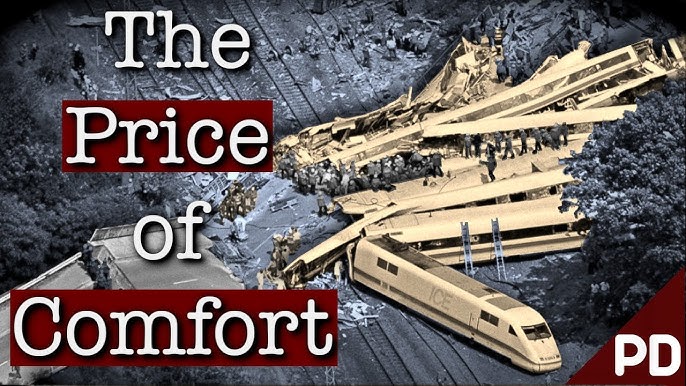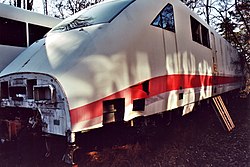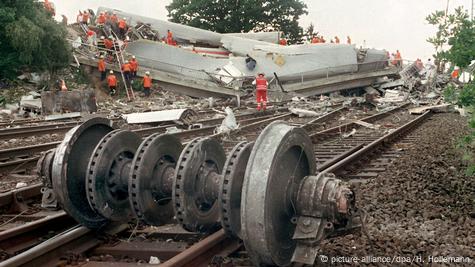#20 GERMANY Green Velocity - Crash the Habit: Μικρές Ιστορίες
- EERcomt

- Nov 2
- 2 min read
Παρακάτω παρατίθεται μία από τις 44 ιστοριούλες που απαρτίζουν τη συλλογή μαρτυριών από ατυχήματα σε στεριά, αέρα και θάλασσα 11 νεαρών ατόμων από διάφορα μέρη της Ευρώπης και του κόσμου.
ΙΣΤΟΡΙΑ #20
ΣΙΔΗΡΟΔΡΟΜΙΚΕΣ ΓΡΑΜΜΕΣ
by ESAI EN ROI team Greece), European Solidarity Corps; ESAI EN ROI volunteer
ESC volunteering in teams DHIAfest campaign diffusion International Campaign
Greece || Transportation Accident Stories
On 3 June 1998, part of an ICE 1 train on the Hanover–Hamburg railway near Eschede in Lower Saxony, Germany, derailed and crashed into an overpass that crossed the railroad. This overpass subsequently collapsed onto the train. In the latest incident, 101 people lost their lives and at least 88 sustained injuries. This incident has been categorised as the second-deadliest railway disaster in German history, surpassed only by the 1939 Genthin rail disaster, and the world's worst high-speed rail disaster.
The root cause of the incident was identified as a fatigue crack in one of the wheels, which resulted in a part of the wheel becoming lodged in a railroad switch (points) upon its passage, thereby altering the switch's direction. The train's carriages went down two separate tracks, causing the train to derail and crash into the pillars of a concrete road bridge. This resulted in the bridge collapsing and crushing two coaches. It is my understanding that the remaining coaches and the rear power car crashed into the wreckage.
Following the incident, a number of investigations were conducted into the wheel fracture. Following a thorough investigation, it was determined that the accident was due to substandard wheel design, which resulted in a fatigue fracture on the wheel rim.^([1]) In addition to this, other contributing factors were identified, including the failure to halt the train and inadequate maintenance procedures.
The disaster had legal and technical consequences, including proceedings, financial penalties and compensation payments. The wheel design was modified and train windows were made easier to break in an emergency. A commemorative site has been established at the location of the incident.


















































Comments